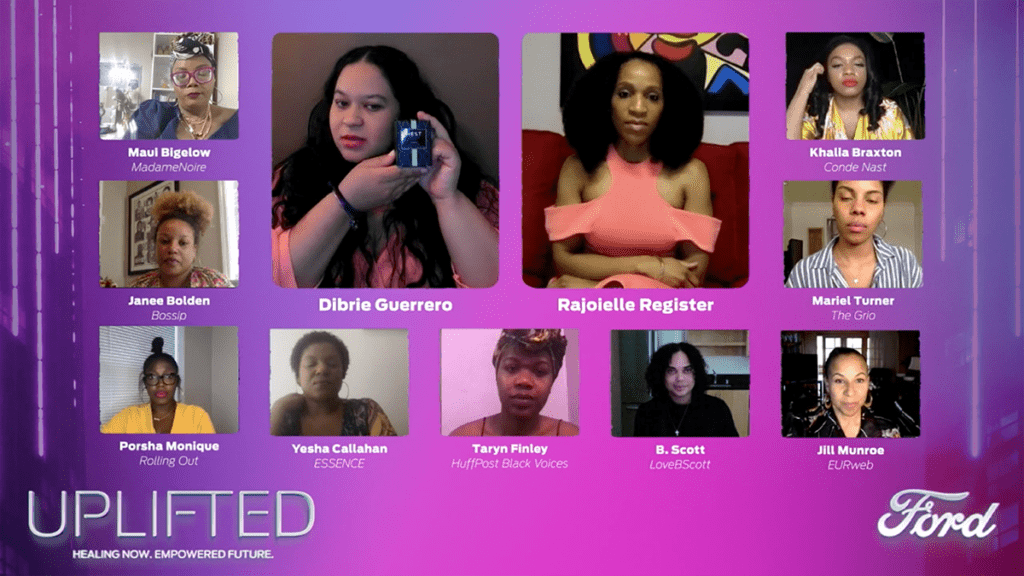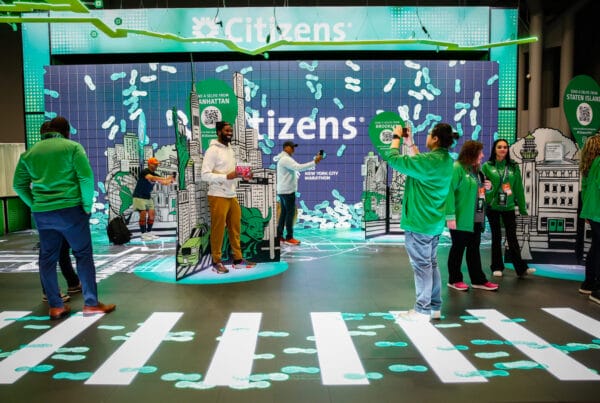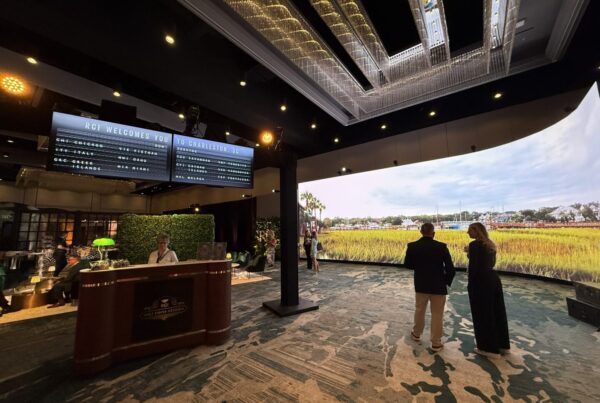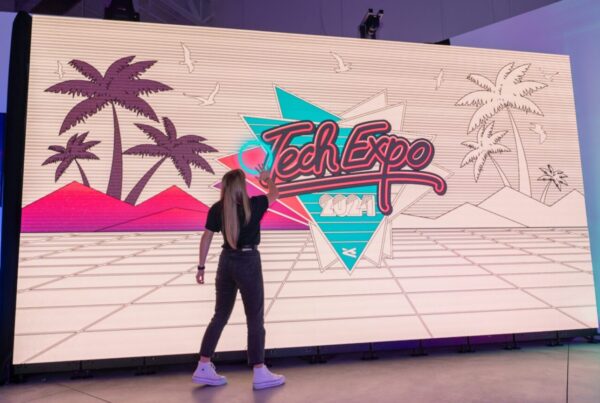Going live for your brand or business is a two-edged sword: on the one hand, it’s cheap and relatively simple to do, so the barrier to entry is low. On the other hand, though: someone has to be the one to actually go live, and you probably won’t have people lining up for the job.
Going live is also valuable: good live content can create impressive engagement levels.
For this reason, live content for brands is growing quickly in importance. Here’s where we’ve come from and why live content matters for your business today.
Live Content Defined
Live content is different than produced video content like YouTube ads or even prerecorded PSAs. Live content is truly live: it’s video that transmits to viewers in the moment, just like what streamers and professional newscasters alike do in their video work.
Live Content in the Past
Of course, live content isn’t new, nor is it exclusive to the internet era. For decades, we’ve had live content in the form of local and national newscasts, live sports, and coverage of moments of national and international importance (like presidential addresses, the Olympics, and so forth).
Going back many decades, live broadcasts were comparatively rare and required greater resources to accomplish successfully. Over the second half of the 20th century, advances in technology made it increasingly easier to produce and deliver live content over the airwaves. Fast forward to the turn of the millennium, and you had dozens of national channels in the US alone going live every single day.
Within just a few years, the proliferation of high-speed internet led to entirely new ways to consume (and produce) live content, leading us to the complex and varied streaming landscape we live in today.
Types of Live Content Today
Today, live content is everywhere: it makes up a significant percentage of consumption entertainment and remains a vastly important component of broadcast media. It’s also gaining serious importance for brands and companies across many sectors and fields.
There are at least five categories of live content happening today.
Selfie Streaming/Vlog Streaming
What we’ll call selfie-style streaming or vlog streaming is a simpler form of live content where an individual goes live, usually from the selfie cam on their smartphone. POV footage (such as from a GoPro) can fall into this category. Video game streamers and other Twitch-style personalities may fall into this category, or you might classify them in one of the other categories below.
Selfie streaming can be a great way to build a following around a particular interest or topic and has some usefulness for brands—provided they’ve already built an audience to stream to.
Live Social
Social streaming steps up in terms of interactivity, using a social community platform as the launchpad for the stream. Social streams can be selfie streams, live streams, or even copies of live broadcast media, but the key is that they’re interactive. The audience can react and usually comment on the stream while it’s happening.

Legacy Media Live Broadcast
Legacy media hasn’t gone away; in fact, it’s stronger than ever. Live broadcasts of all sorts are happening all the time on TV and the various streaming platforms.

Live Streaming
Typically far more polished than selfie streams, live streaming can still take a range of forms. Schools and churches use it to stream content from a classroom or stage/sanctuary. Businesses use it to stream a new product launch or virtual town hall (or a thousand other things). Musicians and entertainers use it to monetize virtual concerts and events.
Live streaming is a far more customized and flexible content delivery method than legacy broadcast media, offering both increased engagement and monetization possibilities for you.
Virtual and Hybrid Conferences
The next evolution in corporate live streaming, virtual and hybrid conferences roll a rich, multifaceted experience into a tightly cohesive virtual platform. A virtual conference might include multiple simultaneous live streams (as breakout sessions, for example), plus virtual exhibit spaces and lobbies for guests to mingle.
Bluewater has recently launched Parallel.Live, a virtual event platform built by event pros. Learn how Parallel.Live can transform your paradigm for conference delivery — whether hybrid or virtual.

Why Live Content Matters for Your Business
The specific reasons why businesses should be producing live content are as varied as the businesses themselves. But all these reasons center on a few basic truths: customers want to know the businesses they buy from, and real-time interaction packs a punch that after-the-fact video content cannot match.
Whatever your brand is doing or selling, chances are, going live can build stronger connections with your audience, improve brand loyalty, and extend your reach. Doing so in the form a fully produced virtual conference can have a tremendous ROI.
Want to learn more about how Bluewater can help you step up your live content efforts? Reach out today.











